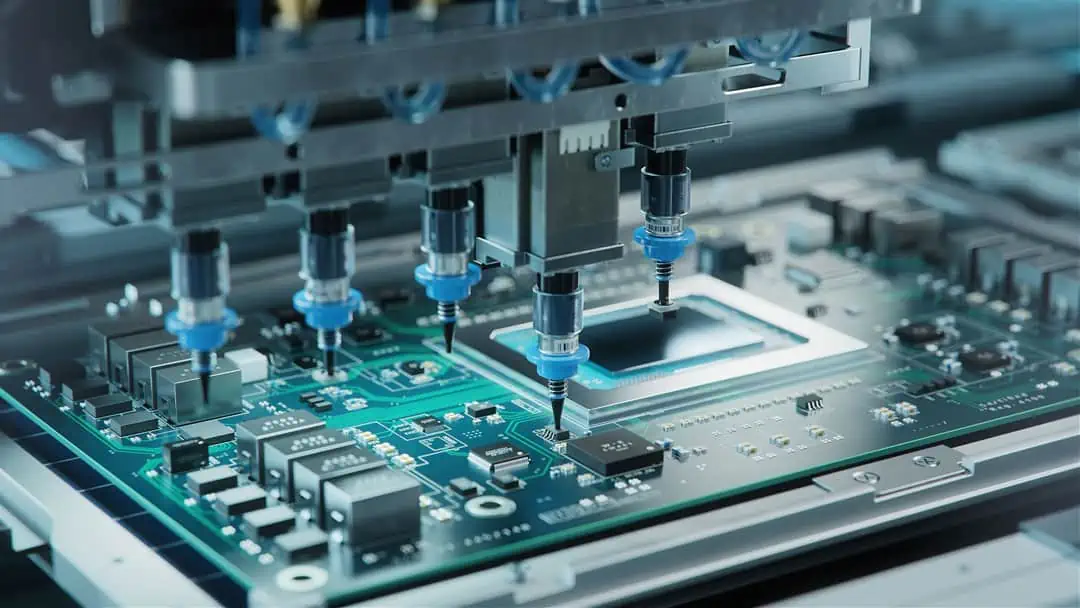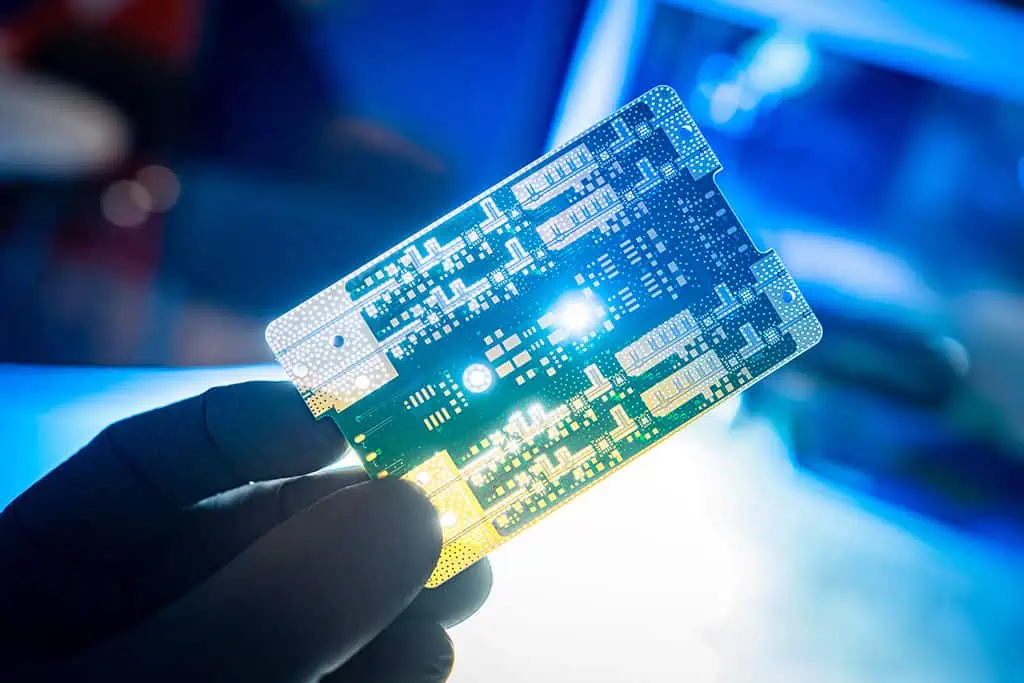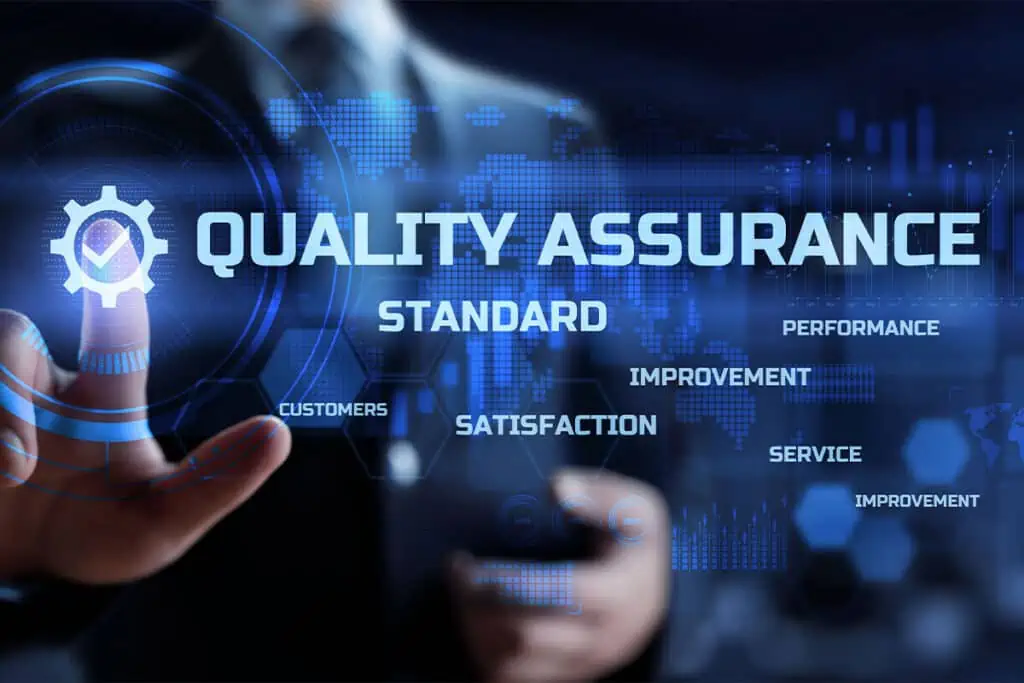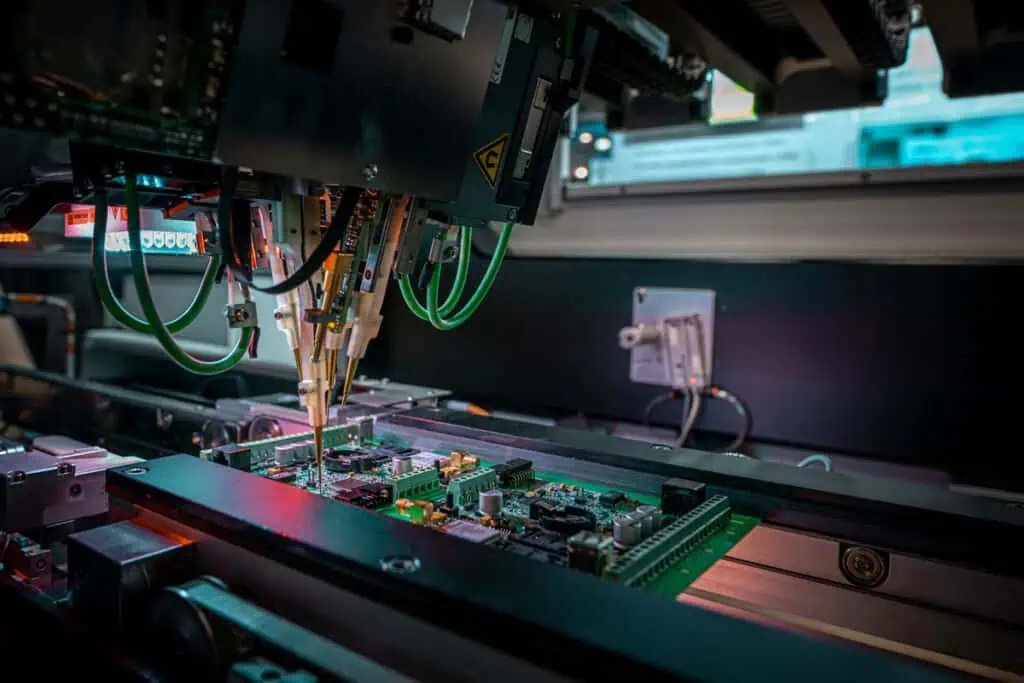
Anyone who works in any part of the manufacturing sector knows about the need for trained workers to fill the millions of open manufacturing positions. The availability of a skilled and stable workforce in the industry has become increasingly more important as technology advances, but the number of individuals who can fill these roles has significantly decreased over the past decades.
An aging workforce hasn’t helped the industry either. As skilled workers age out of manufacturing and retire, there are fewer and fewer people to take their places, meaning that there’s fewer opportunities for these experts to pass on their knowledge. Across the manufacturing industry, there is a pressing need for workers with the skills or the aptitude for learning necessary to be proficient in these jobs.
How Cypress Technologies is supporting workforce development in Austin, TX
Cypress Technologies, one of the Austin manufacturing companies based right here in Texas, has been putting a high emphasis on internal training of basic manufacturing skills in order to take advantage of the next generation’s potential. Over the past years, we’ve had a great deal of success with our internal workforce development programs, allowing us to hire entry level, unskilled candidates with a strong interest in the manufacturing world and training them to become what we call “master builders”. These are specialists, artists that have been trained in multiple facets of production from soldering, to mechanical assembly. This investment in our workforce allows us to thrive in a high mix, evolving environment, and is key to synchronizing production across our facility.
Another skill that Cypress has been investing in is communication, a critical skill in such a high mix environment. One of our core values is agility, which requires collaboration–and communication plays a key role in that. Because of this, we are always looking for new ways to obtain feedback, collect data, perform assessments, conduct regular huddles and meetings, and ultimately enhance our team’s communication skills.
In all of this, our goal is to create an environment that not only allows our team members to continuously improve their communication and participation, but also provides a welcoming and engaging environment for new team members as well. Cypress and it’s leadership has grown up in manufacturing, so this has been a huge shift in mentality–and we’re excited to be a part of this shift.
Looking for an electronics manufacturer?
Cypress Technologies is an Austin-based manufacturing company with decades of experience in electronics manufacturing and PCB assembly dating back to 1982. If you’re interested in our services, check out our website today.



